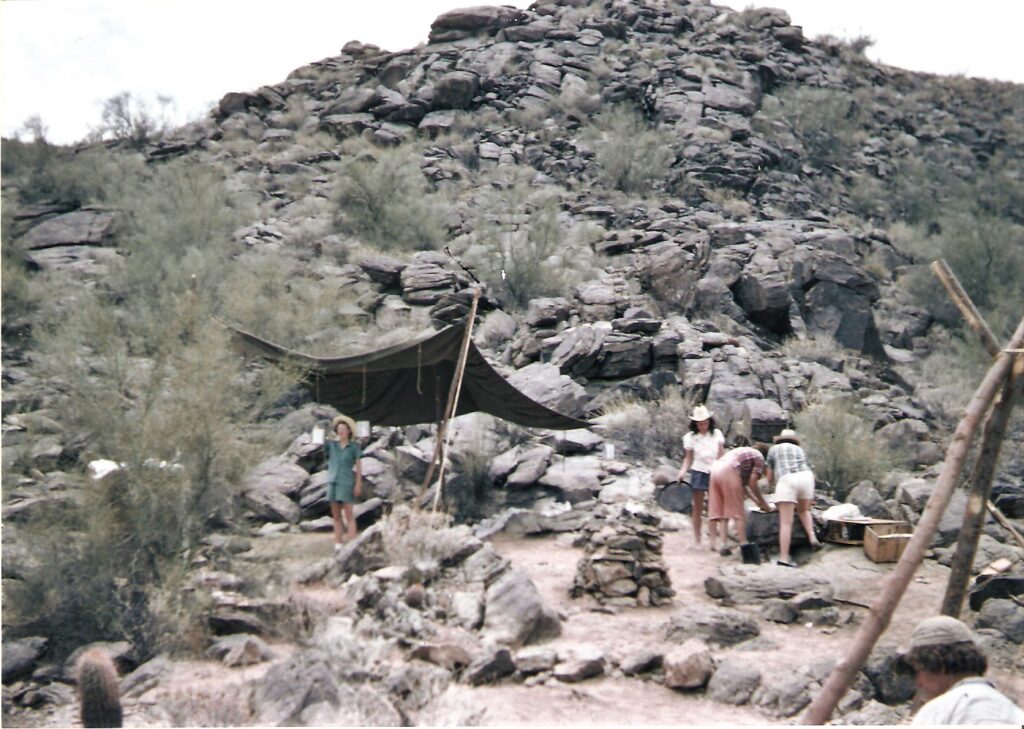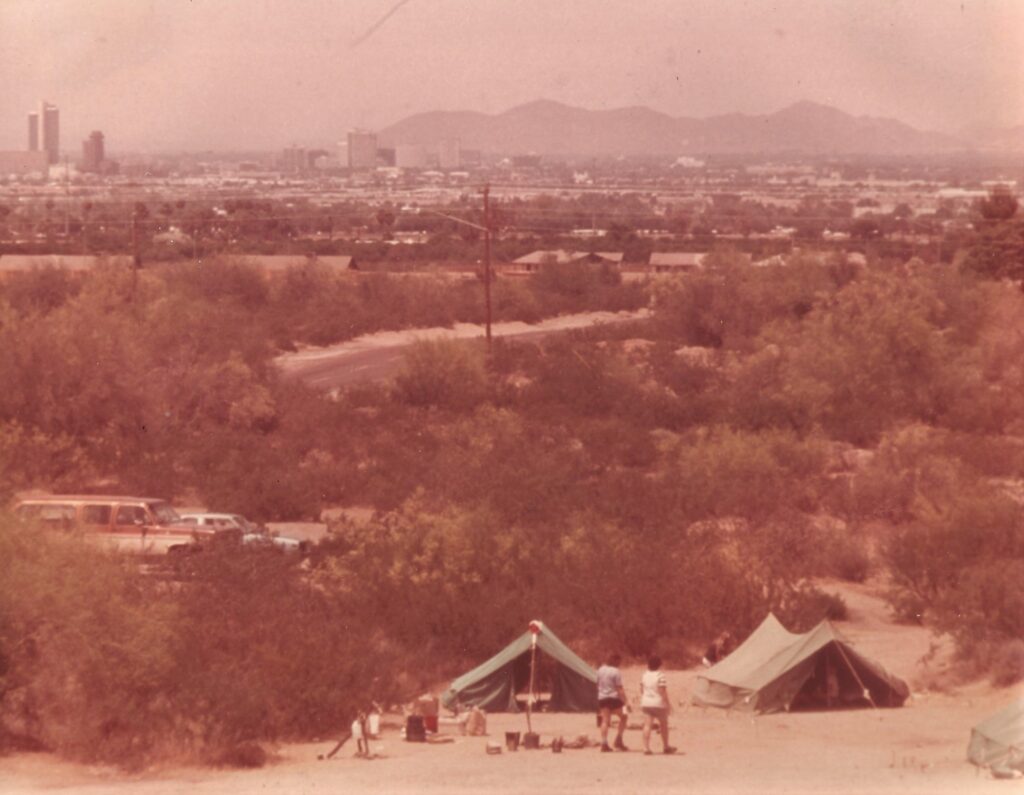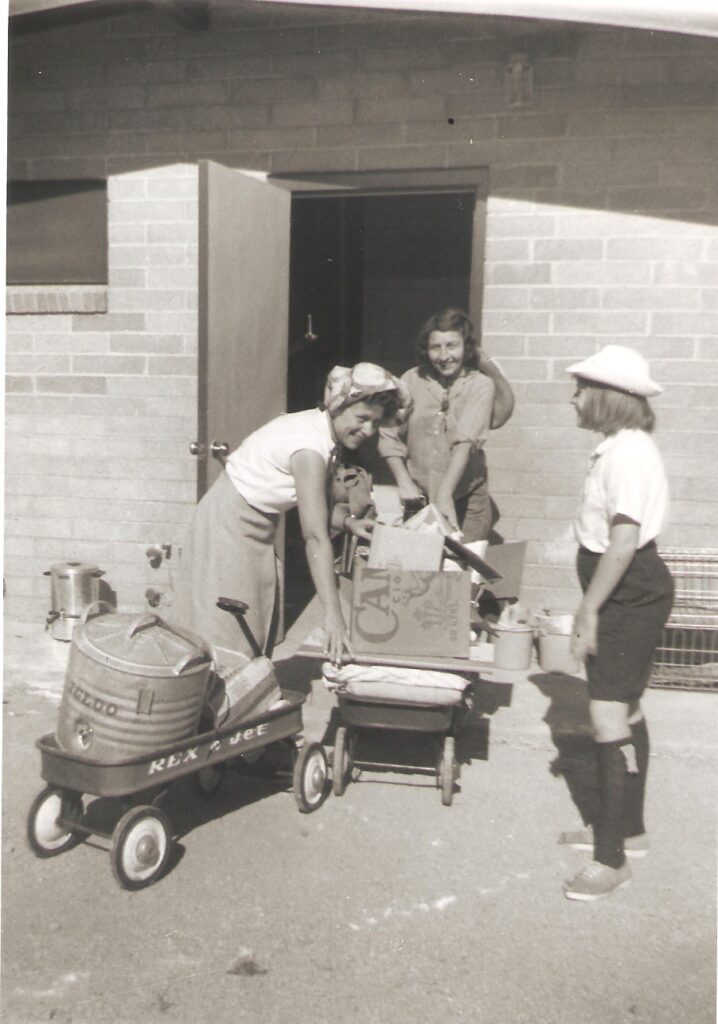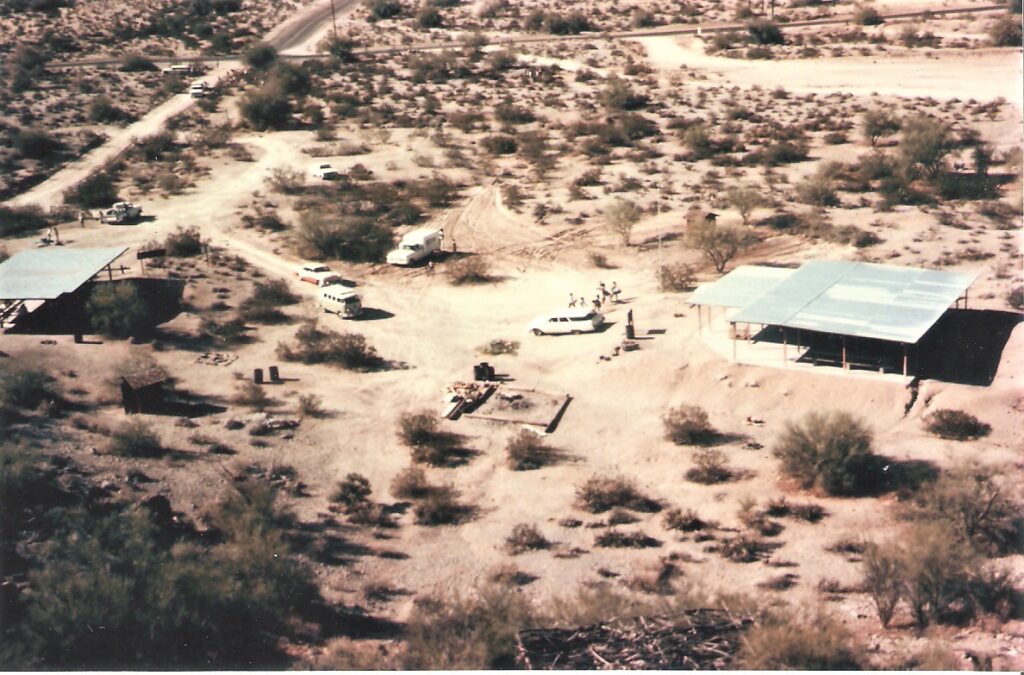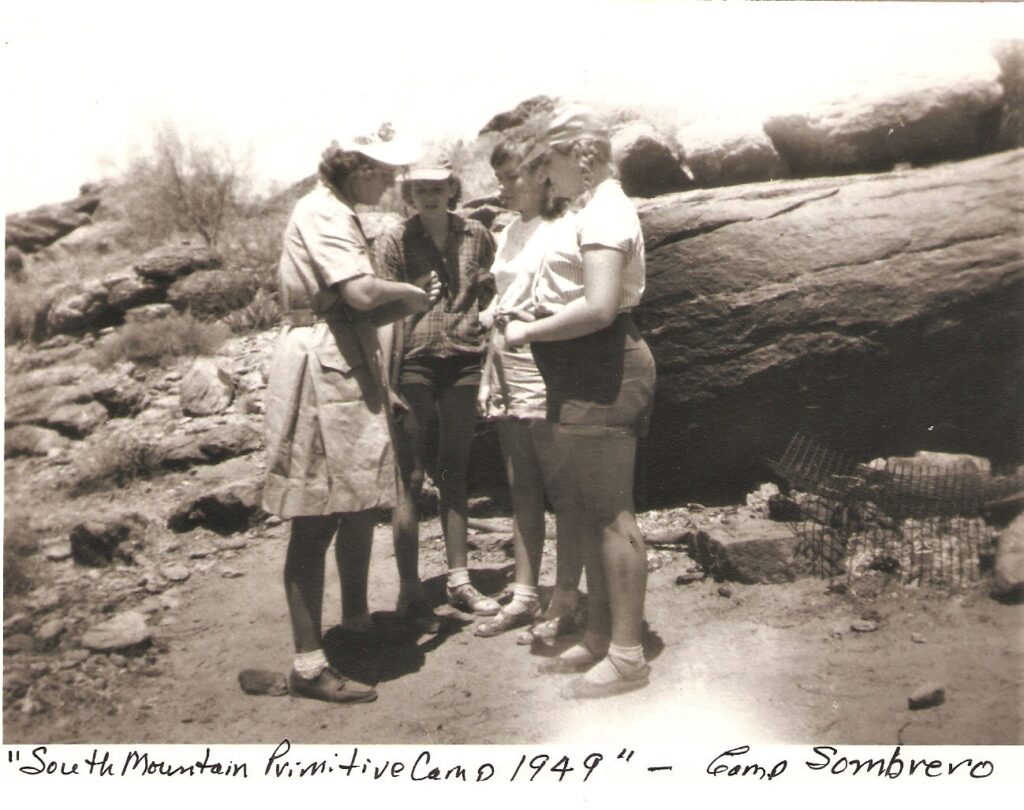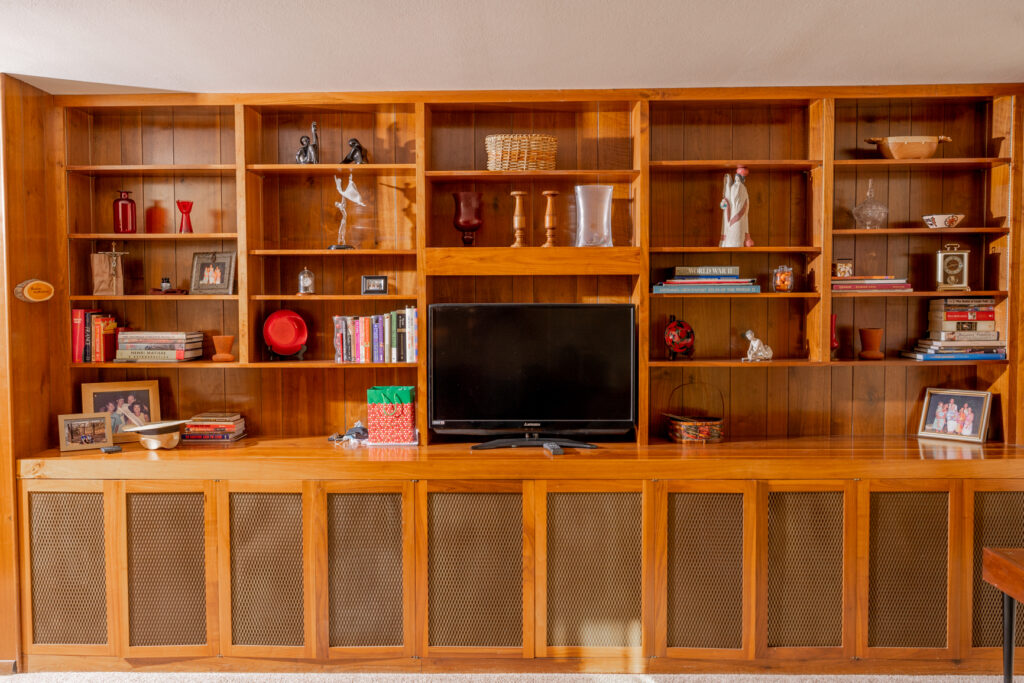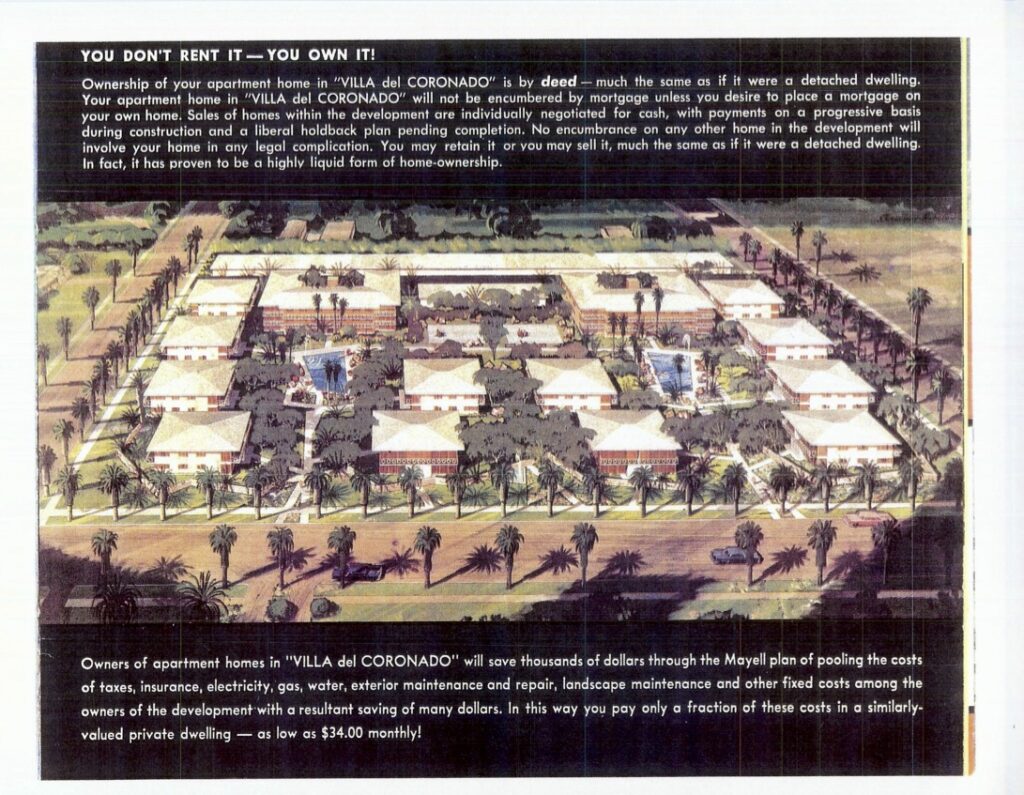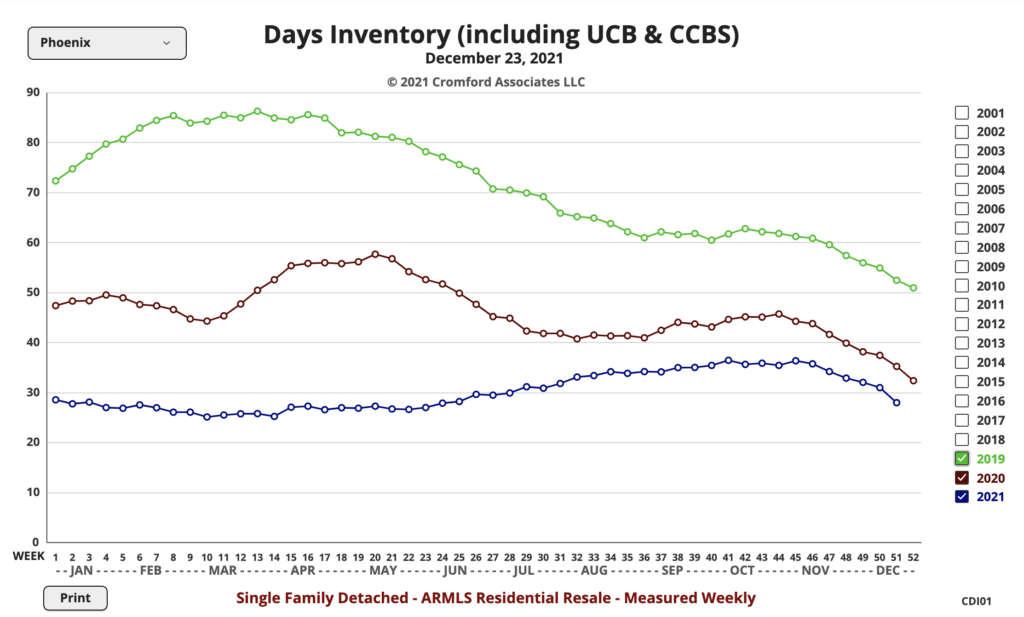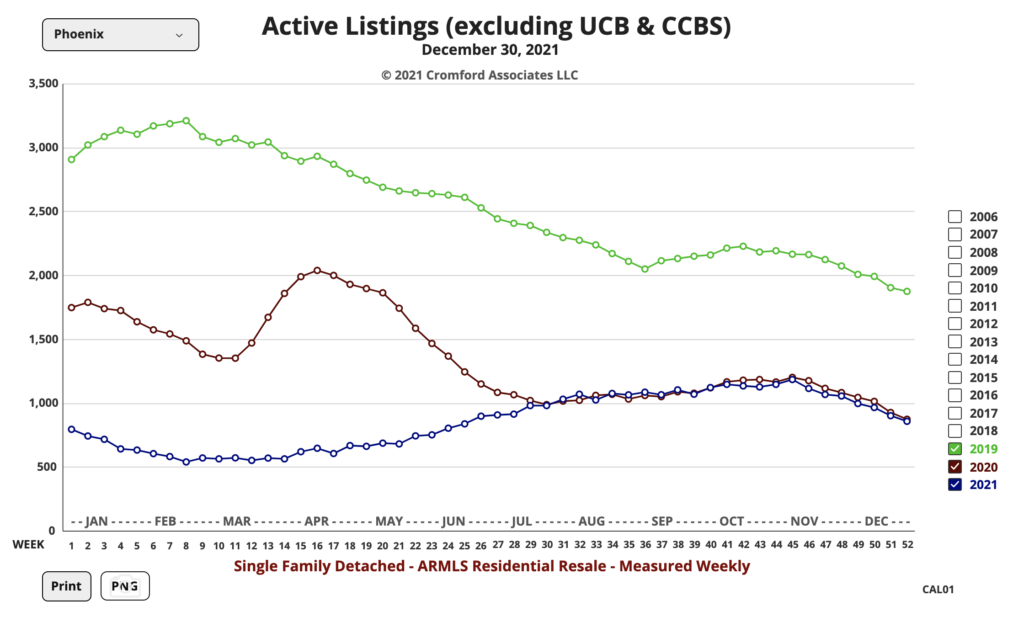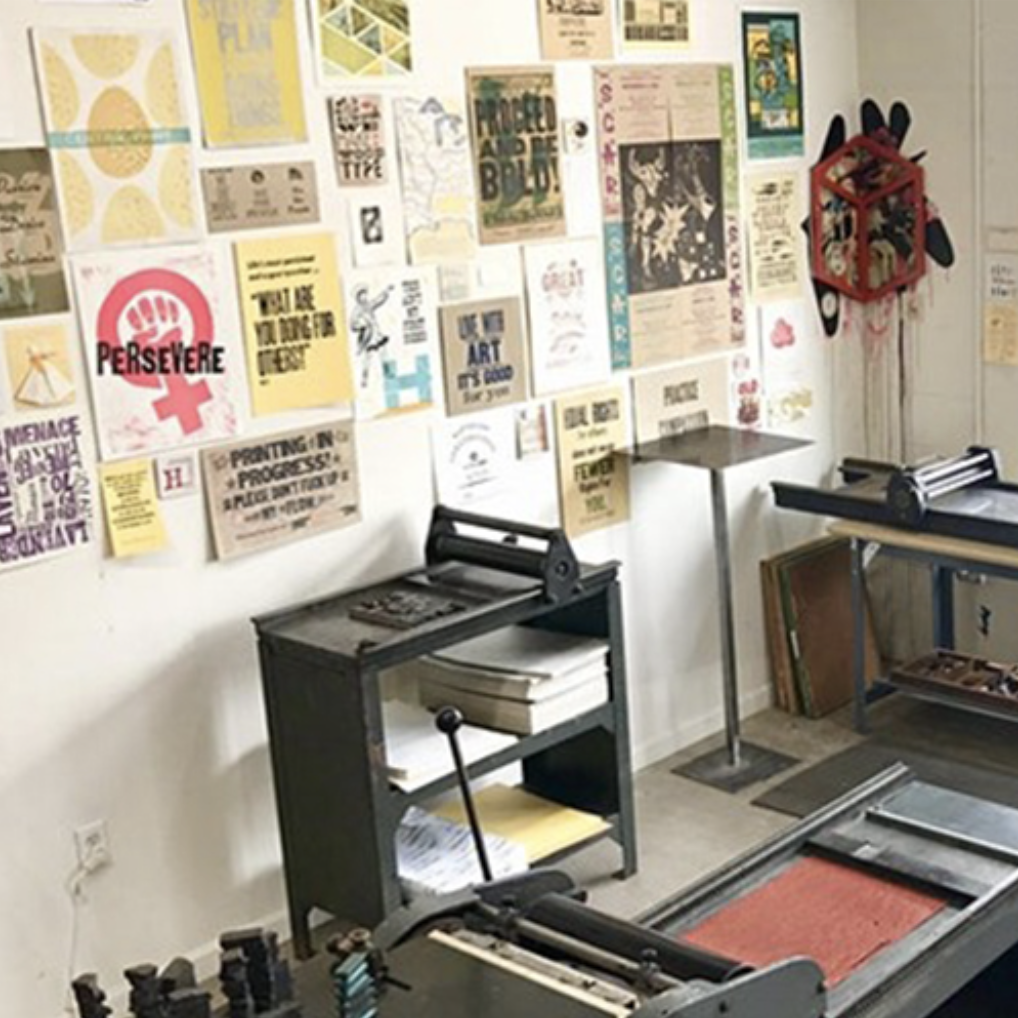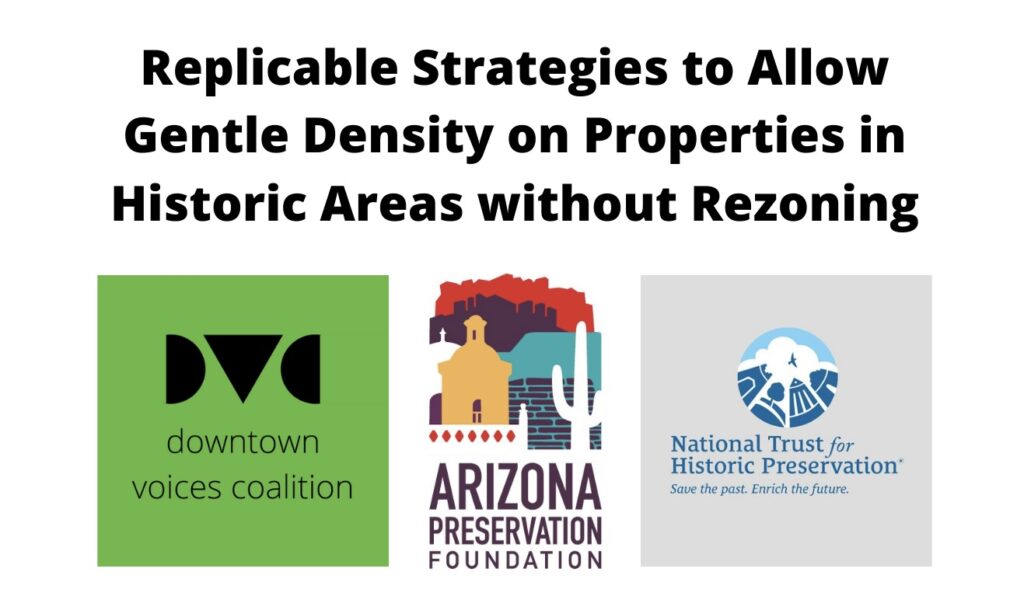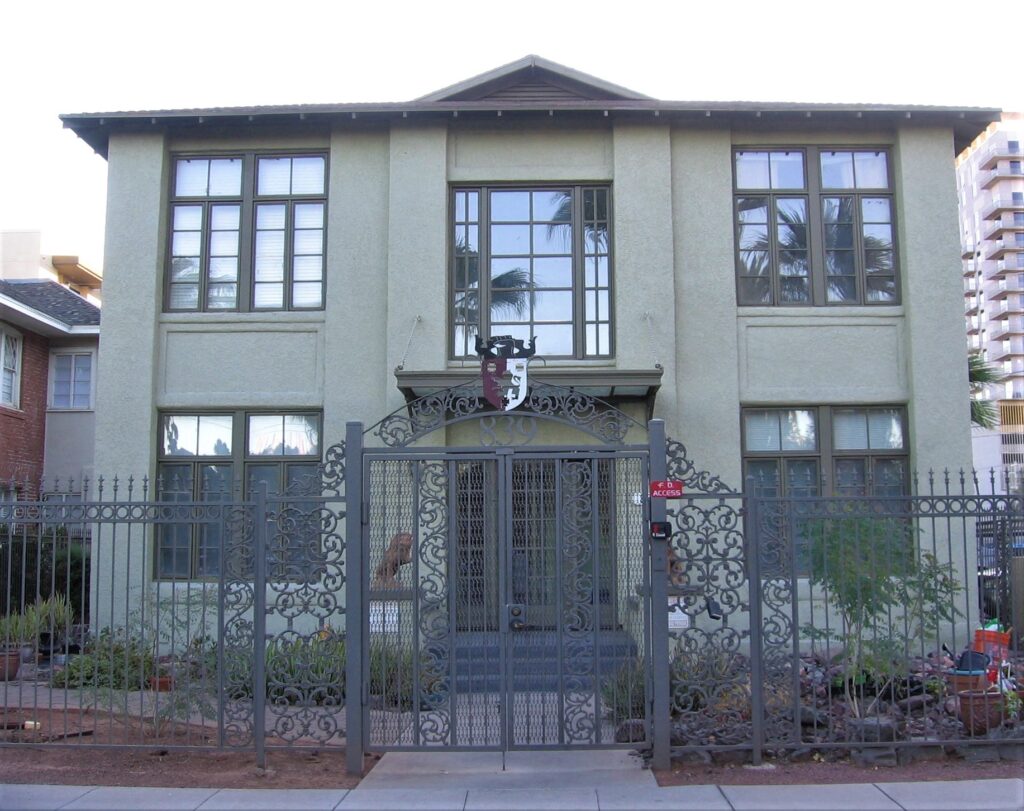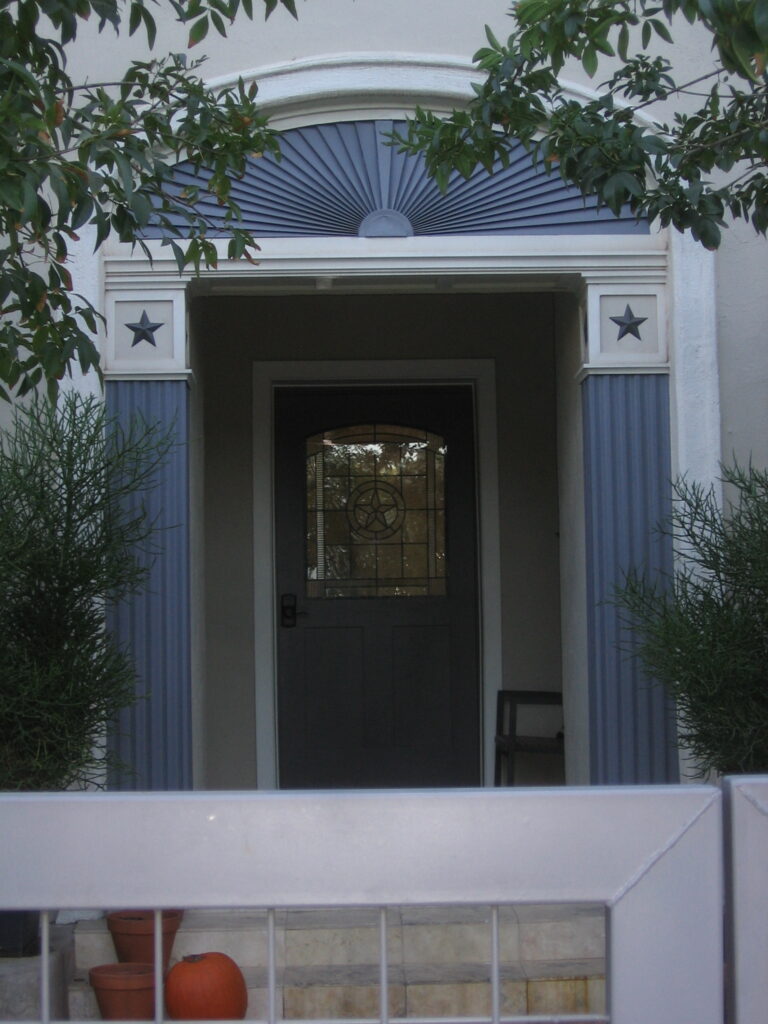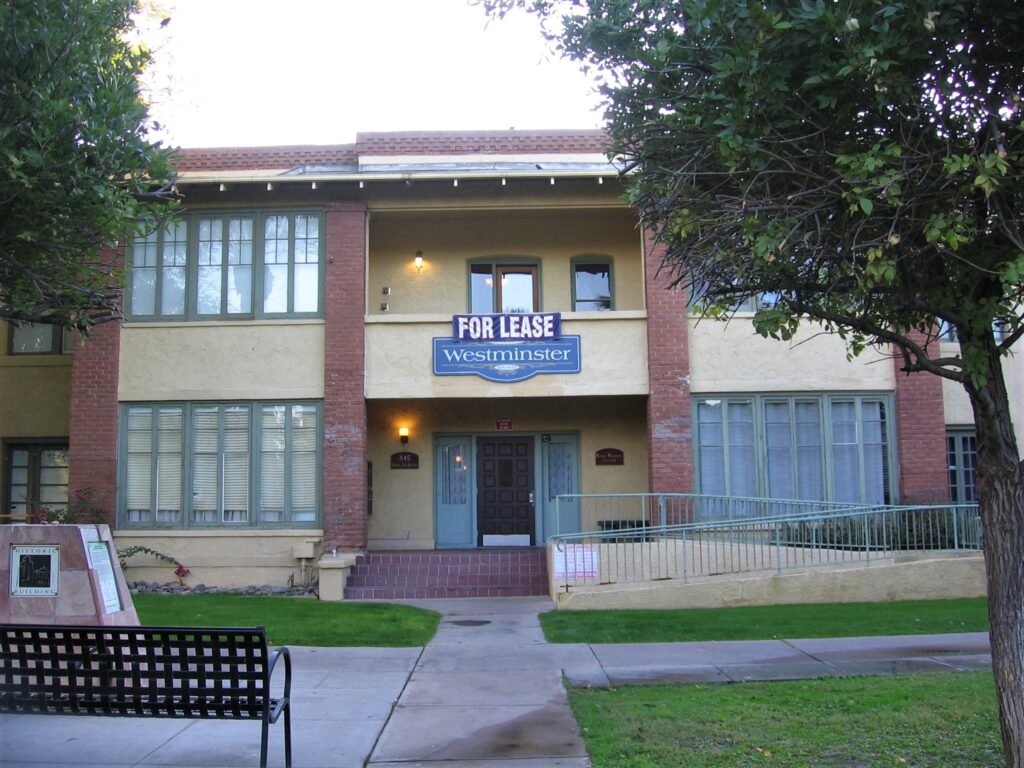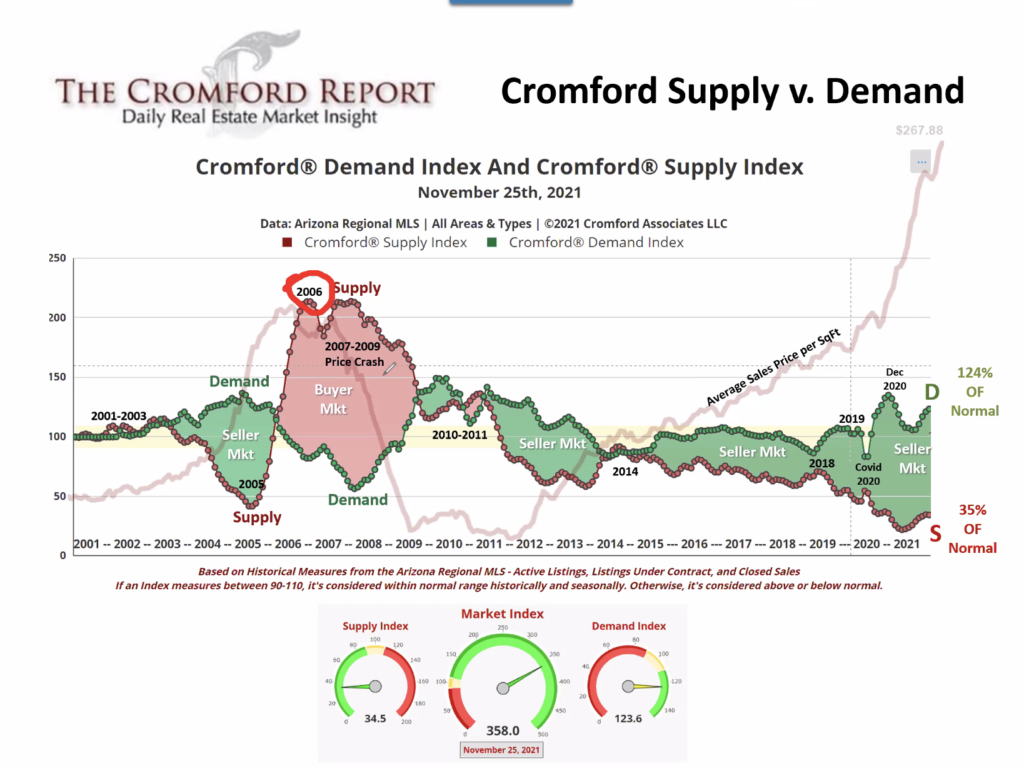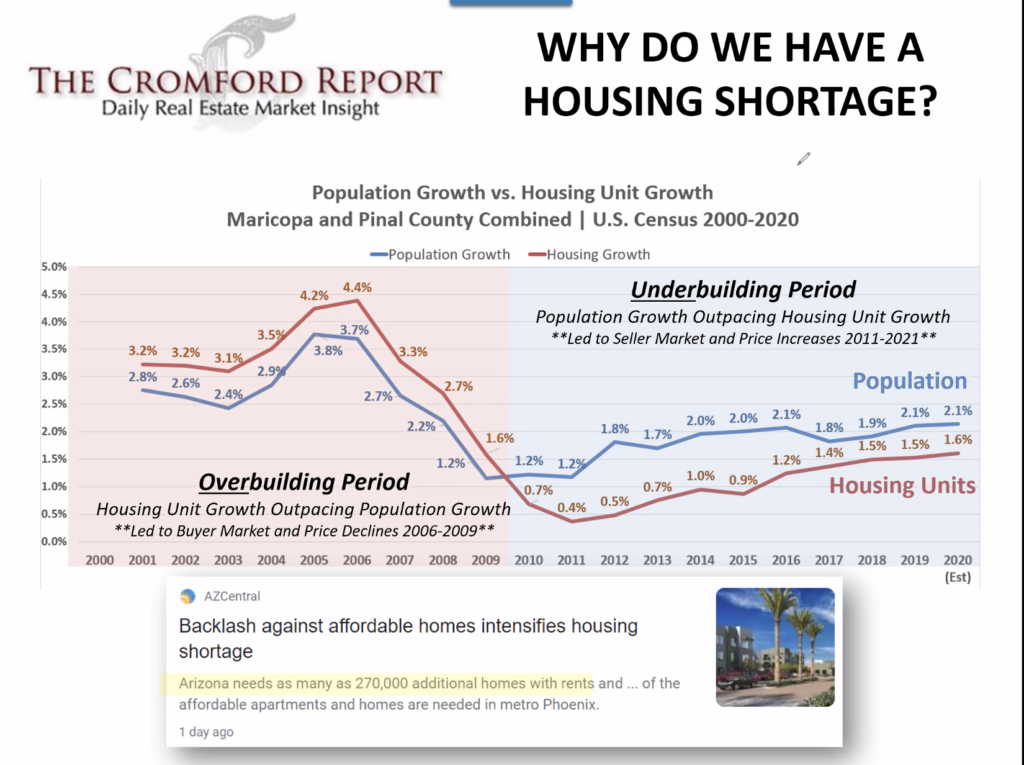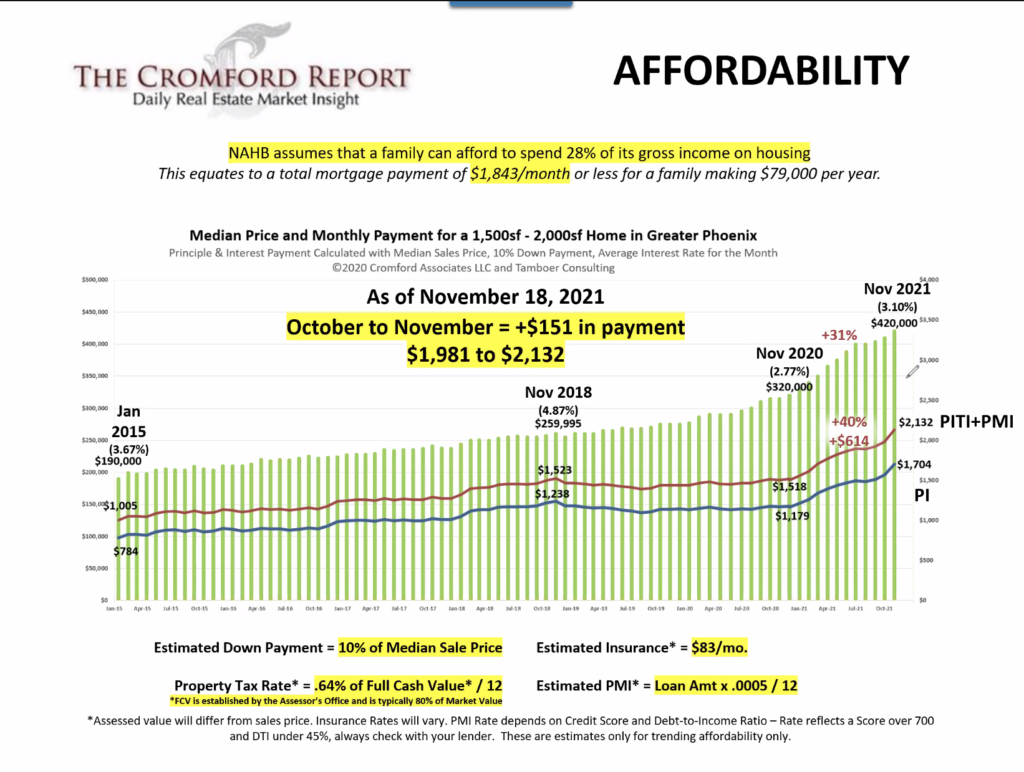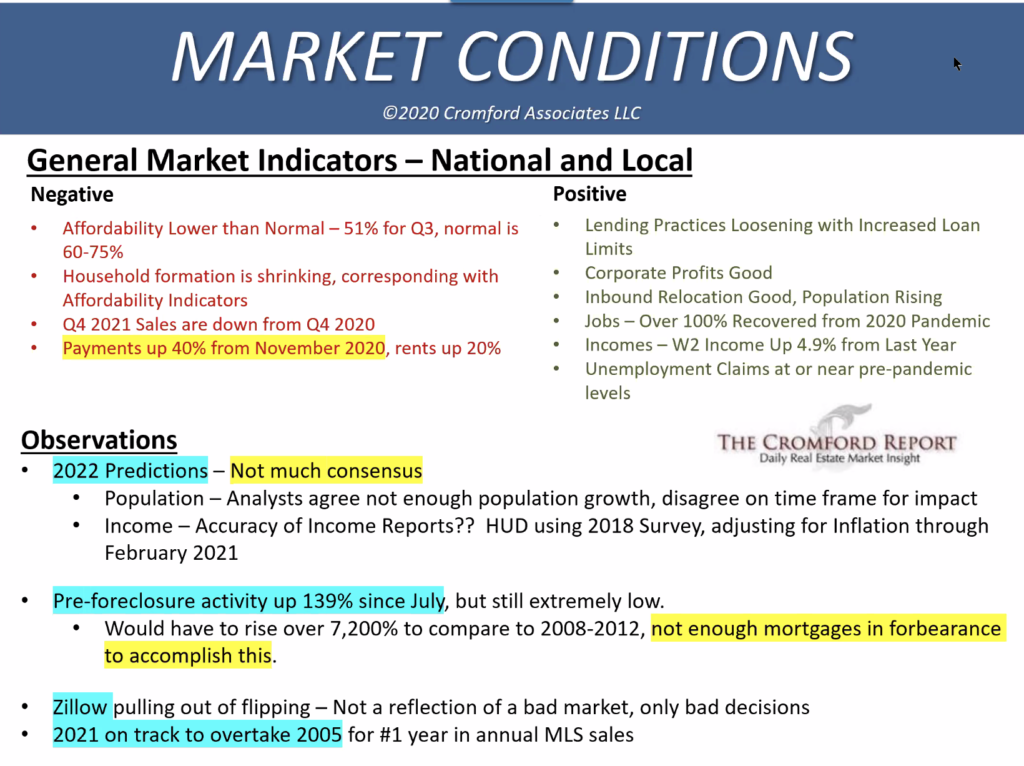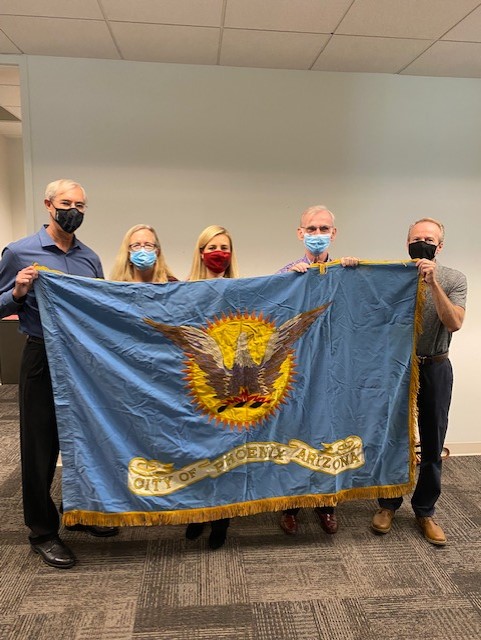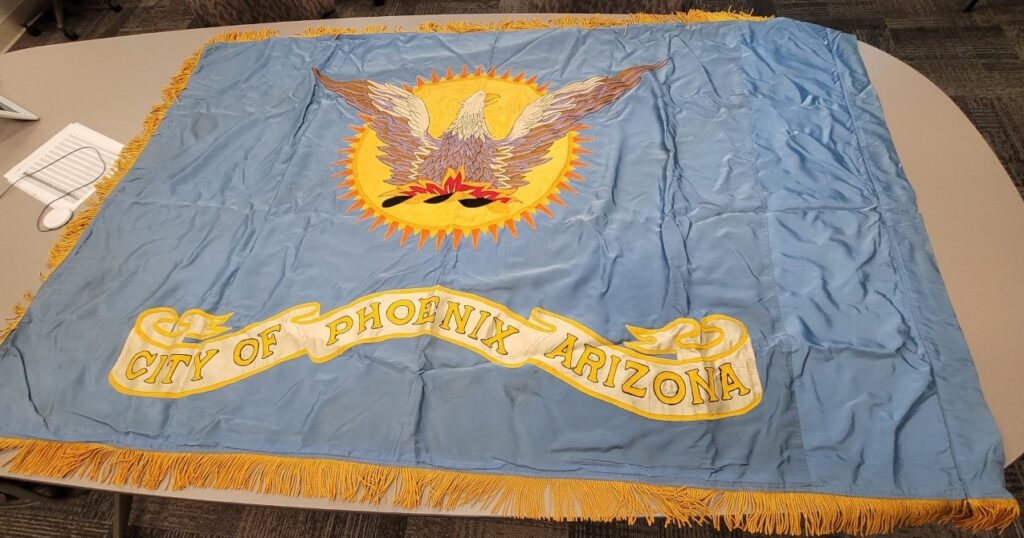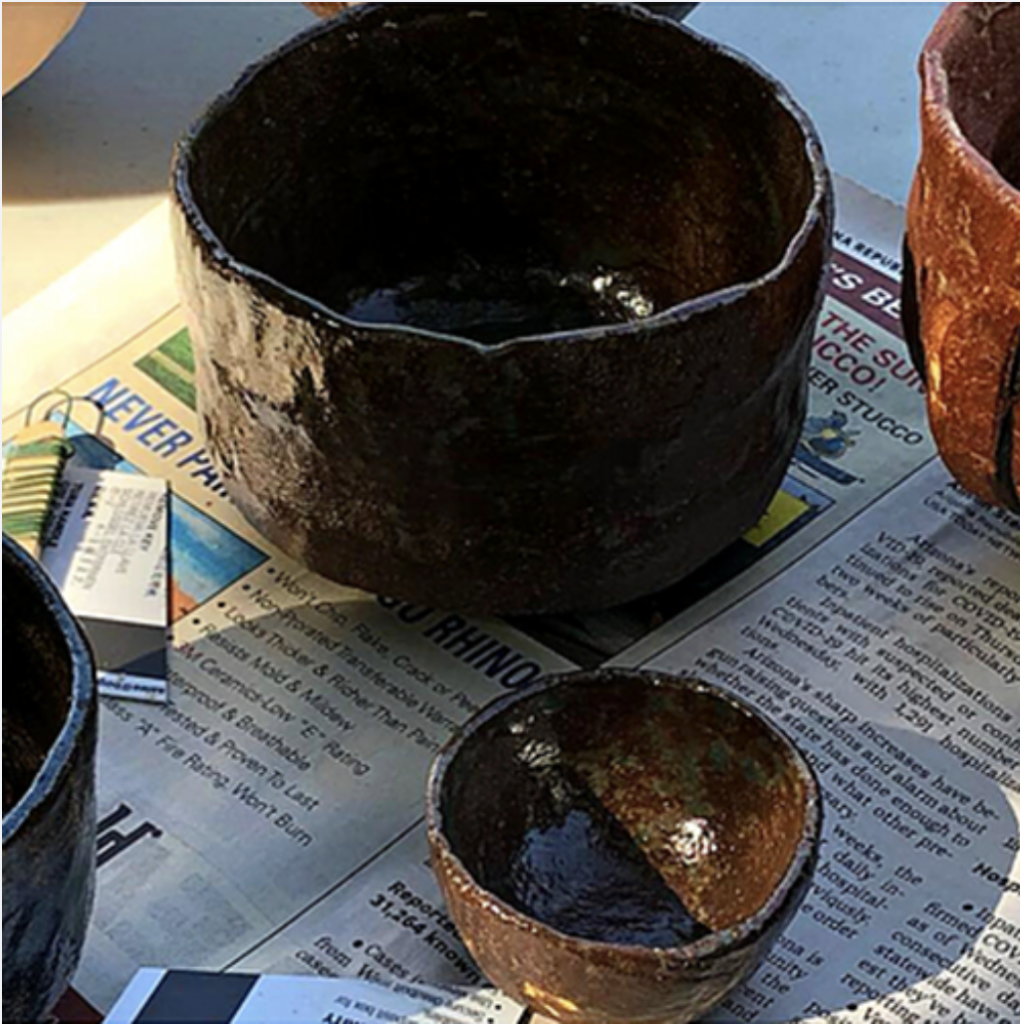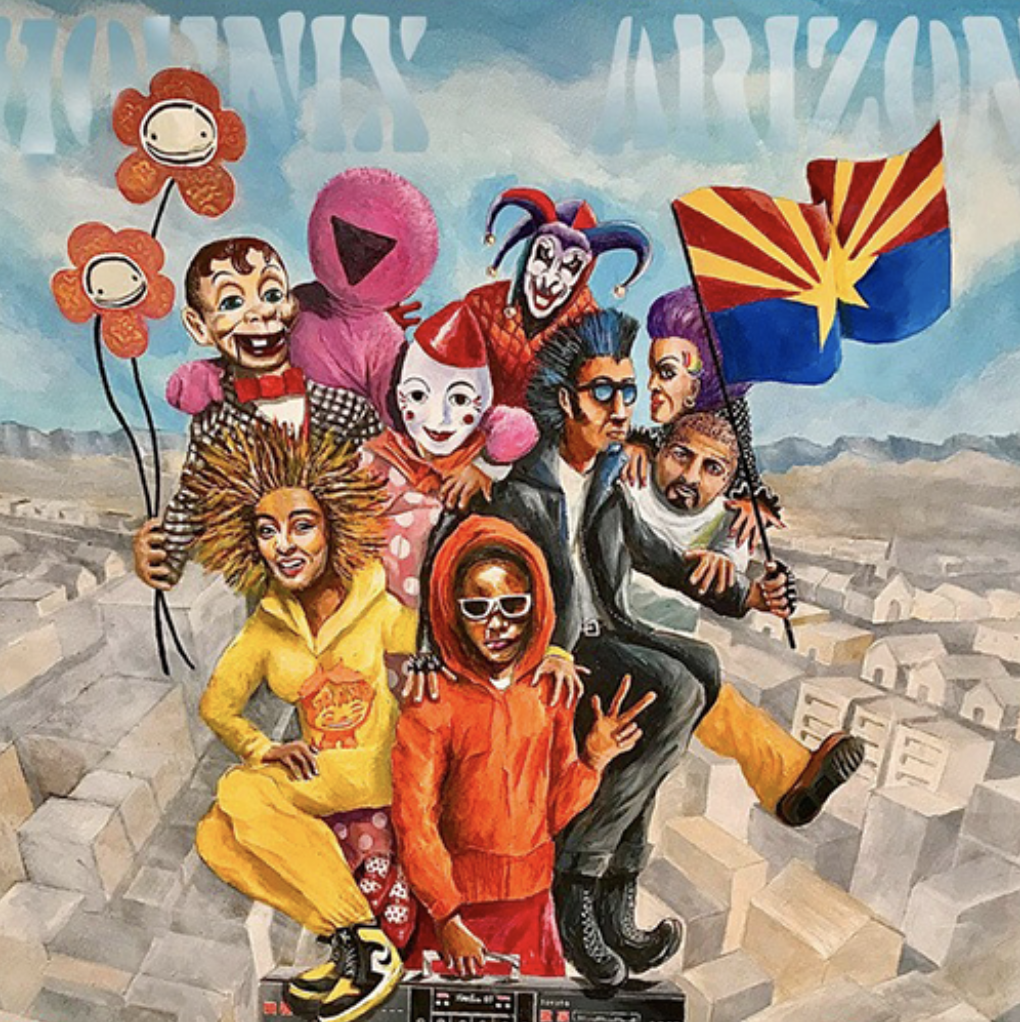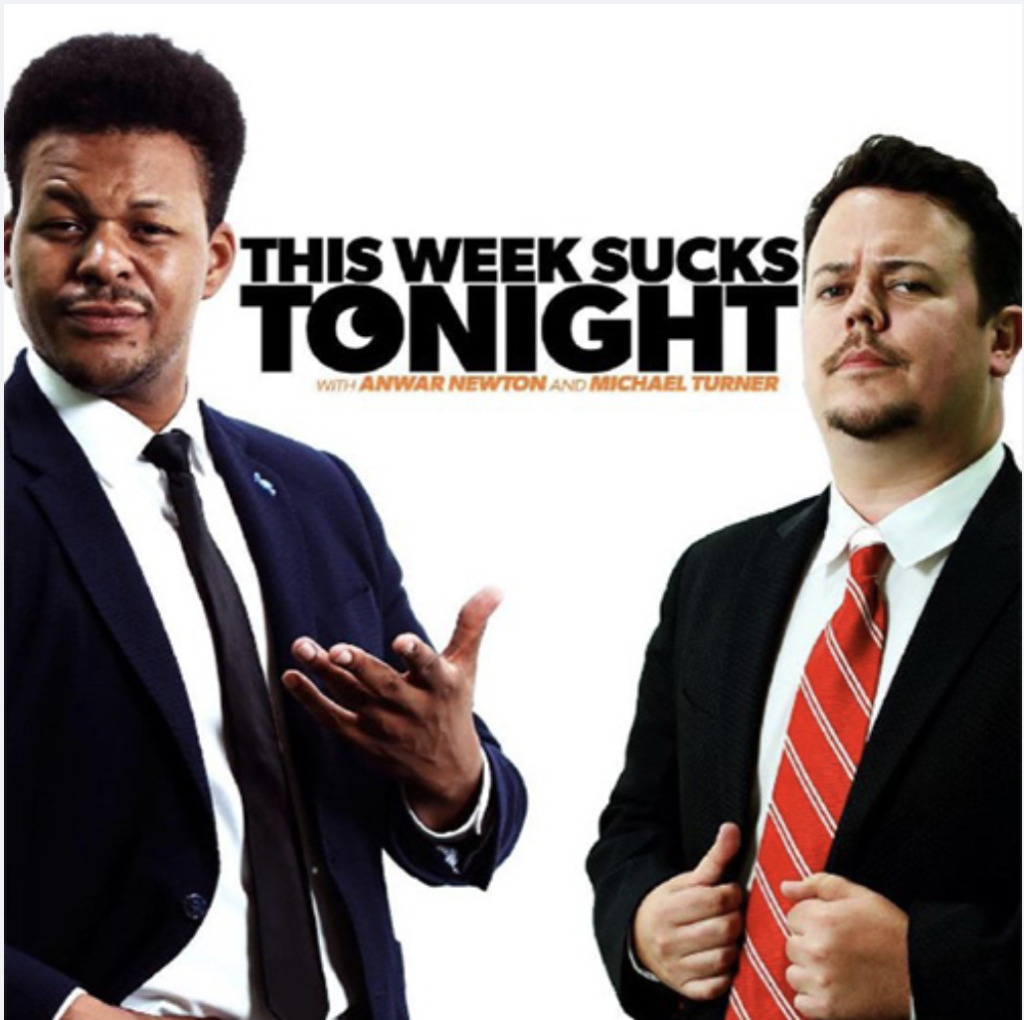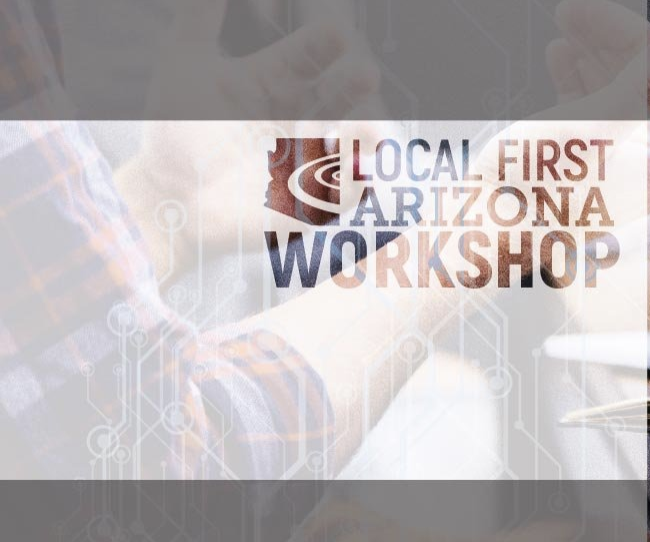We’ve been fighting dark money in Arizona and across the US since the US Supreme Court made its fateful ruling in Citizen’s United in 2010.
And after 6 years of fighting dark money in Arizona, 2022 might be our last opportunity to defeat it.
But we need citizens to stand up and help right now. Please learn more here.
Here’s the History
Even though most people think of the Citizen’s United case as the Supreme Court case that allowed corporate spending in elections (“corporations are people”), they forget about the lesser-known half of the decision. Specifically, that even though the court said “money is free speech,” they were clear that they expected that speech could be disclosed.
As famously said by the very conservative Justice Scalia, “Thomas Jefferson would have said the more speech, the better. That’s what the First Amendment is all about. So long as the people know where the speech is coming from.”
In a related case he said, “Requiring people to stand up in public for their political acts fosters civic courage, without which democracy is doomed. For my part, I do not look forward to a society which, thanks to the Supreme Court, campaigns anonymously . . . hidden from public scrutiny and protected from the accountability of criticism. This does not resemble the Home of the Brave.”
In other words, if a corporation (including unions and non-profits) want to spend to influence elections, the people have a right to require them to disclose how much and where they are spending.
So, why has this not happened? Well, first the Republicans/right fought it because they were initially benefiting from this, and they philosophically agreed with unlimited campaign spending. Even sadder, though, enough of the Democratic/left decided they’d better spend dark money, too, even though most of them philosophically disagree.
You tell me which is worse.
(If you want a history of how campaign corruption has baked in to our system over the last 100 years, culminating with dark money, check out Jane Mayer’s book, Dark Money.)
Dark Money in Arizona
Almost immediately after the 2010 decision, corporations began spending money in Arizona. Most notably, Arizona Public Service, under the direction of campaign consultants, began spending dark money in the Arizona Corporation Commission election, the very body that regulates them.
In 2016, the Republican state legislature passed Senate Bill 1516, which codified dark money in Arizona Statute. In other words, our state law turned a blind eye to where money was coming from to influence elections (from the governor’s race all the way down to school boards). I attempted to get enough signatures from the public to force that bill on the ballot. But we simply could not meet that bar. I thought it was our last chance, but it was not.
In 2017-18, former Arizona Attorney General Terry Goddard stepped up to the plate and took it on himself to put a measure on the ballot to allow the public to vote on whether we should disclose where dark money comes from. We knew that the measure would win if it made it to the ballot.
After all, the city of Tempe passed a city measure with an astounding 93% of voters in favor. The dark forces behind dark money, of course, were organized. They not only defeated the Tempe measure in Arizona’s conservative (and stacked) Supreme Court, but also put in place measures at the state capitol that invalidated tens of thousands of good petition signatures. The effort died in the courts in the late summer of 2018.
In 2020, Terry tried again. But he ran up against the Covid pandemic and had to close up shop.
In 2021-22, he’s at it again. As you can read in this article, they are only 100,000 signatures away from their goal. However, given the July deadline, that means they have to average 600 signatures per day.
That’s where we need your help!
If we fail again, it will be even more difficult to convince volunteers to try. It truly is our last chance.
If you’ve never gotten involved before, now is the time.



